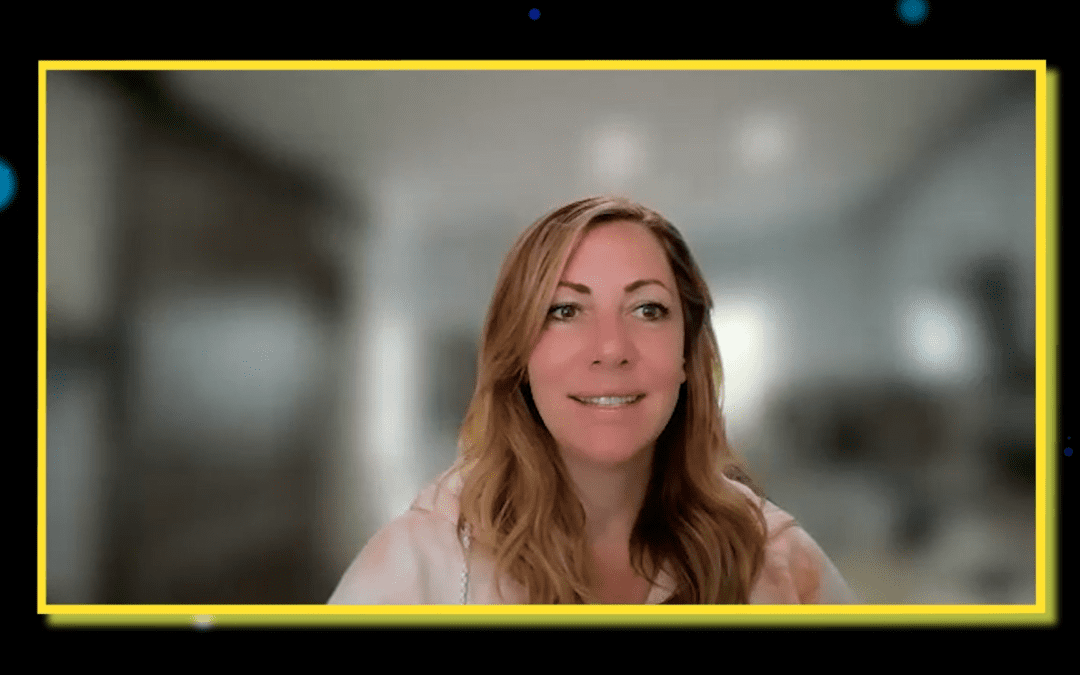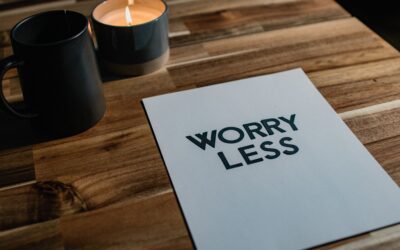|
|
We talked to Workforce Transformation Strategist, and Flexible Workforce Expert Mika Cross about burnout, its symptoms, how to avoid it and how to deal with it.
Burnout is basically a long-term feeling of stress. The WHO categorized it as an occupational phenomenon, where workers start feeling disengaged, fatigued, easily aggravated and can even lead to physical issues.
Such prolonged stress, where you would feel no control over your stress and no way out of it, can lead to lack of sleep, stomach issues and physical activity issues. “You mentally and emotionally don’t feel well” Mika said.
She added that in the beginning of the pandemic, workplaces started to replicate what was happening in the office, at home. Employees were taking on more work and their work life started bleeding into their home life and they couldn’t turn It off.
Mika said that this led to burnout, people felt disengaged from their work and started rethinking their whole occupation. This led to the Great Resignation, “Employees are now willing to forgo bank balance, meaning higher salaries, for their work life balance and having more options and choice” she added.
Mika explained that there is more burnout now than at the height of the pandemic, largely due to uncertainty about the “back to office” strategy, lack of communication and lack of involvement of workers in decisions.
She added that digital nomads experience burnout in the same way office workers do.
You can identify if you’re burned out through some warning signs, like dreading your work, or dreading going to the office or logging in, feeling overwhelmed, having problems sleeping or in general seeing that your work has a negative effect on your life.
For digital nomads, it is helpful to plan out slots in their day for breaks or activities that help them “keep their cup full”. It’s important to take special care of their own emotional and mental wellbeing.
Mika gave other helpful tips to deal with burnout like raising a flag when you feel overwhelmed, introducing ways of asynchronous work, shorter meetings and creating room in your schedule for a buffer, whether it be a quick stretch, a walk, or a long lunch.
“Laughing, searching for funny memes or anyway of trying to bring joy into your schedule are immediate ways to help with burnout” Mika added.











